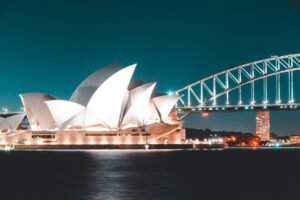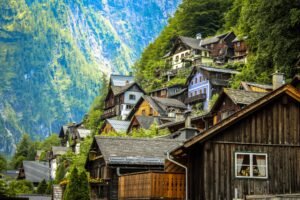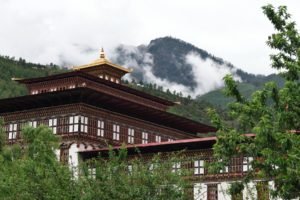Join Triplou on a journey to explore the best places to visit in Kolkata and Bhubaneshwar.
One can understand India’s rich cultural legacy and history in two fascinating cities: Kolkata and Bhubaneshwar. These two cities provide a wide variety of sights to see and activities to do, thanks to their magnificent architecture, lively markets, and delectable cuisine. In this tour, we’ll walk you through some of the top attractions in Kolkata and Bhubaneshwar, including must-see historical sites.
Victoria Memorial, Kolkata
The magnificent Victoria Memorial, which lies in the centre of Kolkata, is a monument that honours the diverse cultural traditions of the area. The memorial was erected in Queen Victoria’s honour and featured Mughal, Byzantine, and Indo-Saracenic architectural elements. Its prominent feature is the 184-foot-tall central dome of the structure, supported by enormous pillars.

Inside is a museum with a sizable collection of antiques, works of art, and sculptures from imperial India. Exhibits on the British Raj, the Indian Independence Movement, and other significant moments in Indian history are on display in the museum’s galleries. Beautiful gardens and fountains surround the Victoria Memorial, making it perfect for a peaceful stroll.
Howrah Bridge, Kolkata
The Howrah Bridge, which links Kolkata to its twin city of Howrah, is a prominent feature. In 1943, the public was allowed to use one of the world’s most giant cantilever bridges. Thousands of people and cars use this vital transportation hub every day.

The bridge can expand and contract in response to temperature variations because of the steel it is built of and the rivets that hold it together. The bridge is particularly well-known for its vibrant night lighting, which makes it stand out against the night sky. The bridge offers a panoramic view of the river Hooghly and the busy city, making it an excellent location for photos.
Dakshineswar Kali Temple, Kolkata
In Kolkata’s Dakshineswar neighbourhood is the well-known Hindu shrine known as the Dakshineswar Kali Temple, which honours the goddess Kali. Rani Rashmoni, a philanthropist and devotee of Kali, erected the shrine in 1855.

Devotees travel from all across India to the temple because of its stunning architecture and tranquil settings. Bhavatarini, a form of Kali, is worshipped as the principal deity in the temple. Twelve temples to Lord Shiva, Radha-Krishna, and other gods are also part of the temple complex. Visitors can worship the goddess for favours and protection while bathing in the nearby Ganges river.
Lingaraj Temple, Bhubaneshwar
An old Hindu temple called Lingaraj Temple may be found in Bhubaneswar, the capital of the eastern state of Odisha. The Lord Shiva-dedicated temple is regarded as one of East India’s most significant Hindu pilgrimage sites.
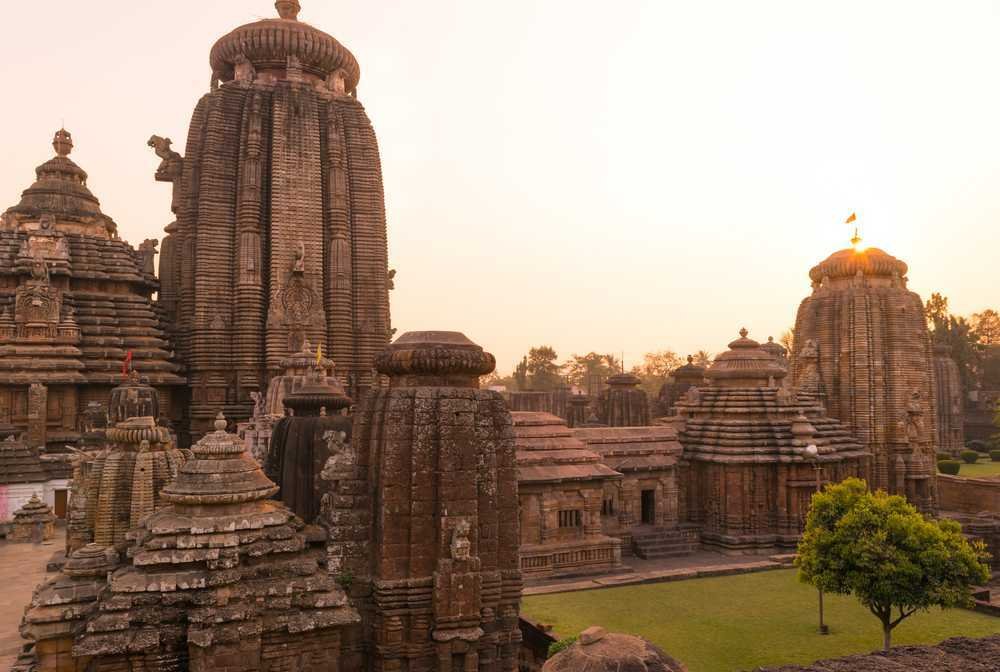
The temple was built in the eleventh century and is renowned for its fusion of Kalinga and Dravidian architectural styles. One of the highest temples in India, the temple includes a lofty spire, or shikhara, that reaches a height of 180 feet. The temple features several minor shrines devoted to various gods and goddesses, and lovely gardens surround it.
Nandankanan Zoological Park, Bhubaneshwar
The Nandankanan Zoological Park is a must-visit location for anyone who enjoys nature and wildlife. This 400-hectare zoo, around 20 km from Bhubaneswar, is home to more than 1500 animals representing 166 species. Several endangered species, including the Indian Pangolin, Asiatic Lion, White Tiger, and Saltwater Crocodile, may be found in the park.
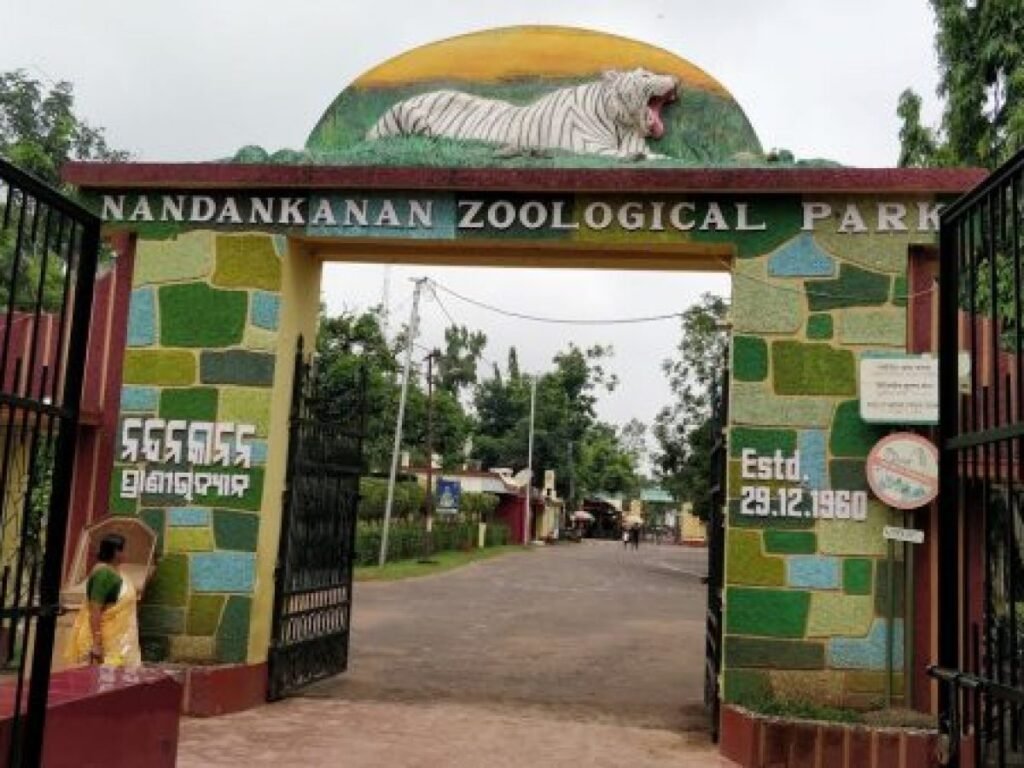
In addition to the animals, the zoo contains a 75-hectare botanical garden with more than 100 different plant types. Additionally, guests can ride on a toy train that circles the park, allowing them to see the creatures in their natural setting. The zoo also runs several educational programmes and awareness campaigns to educate the public on the need to maintain and conserve animals.
Konark Sun Temple, Bhubaneshwar
About 35 kilometres from Bhubaneswar is the majestic temple complex known as Konark Sun Temple. King Narasimhadeva I of the Eastern Ganga Dynasty constructed it in the 13th century, and now it is regarded as a marvel of engineering and architecture. The temple has 12 wheels and seven horses and is shaped like a chariot. It is dedicated to Surya, the Hindu Sun God. Intricate carvings and sculptures representing diverse scenes from Hindu mythology adorn the temple’s walls and pillars.
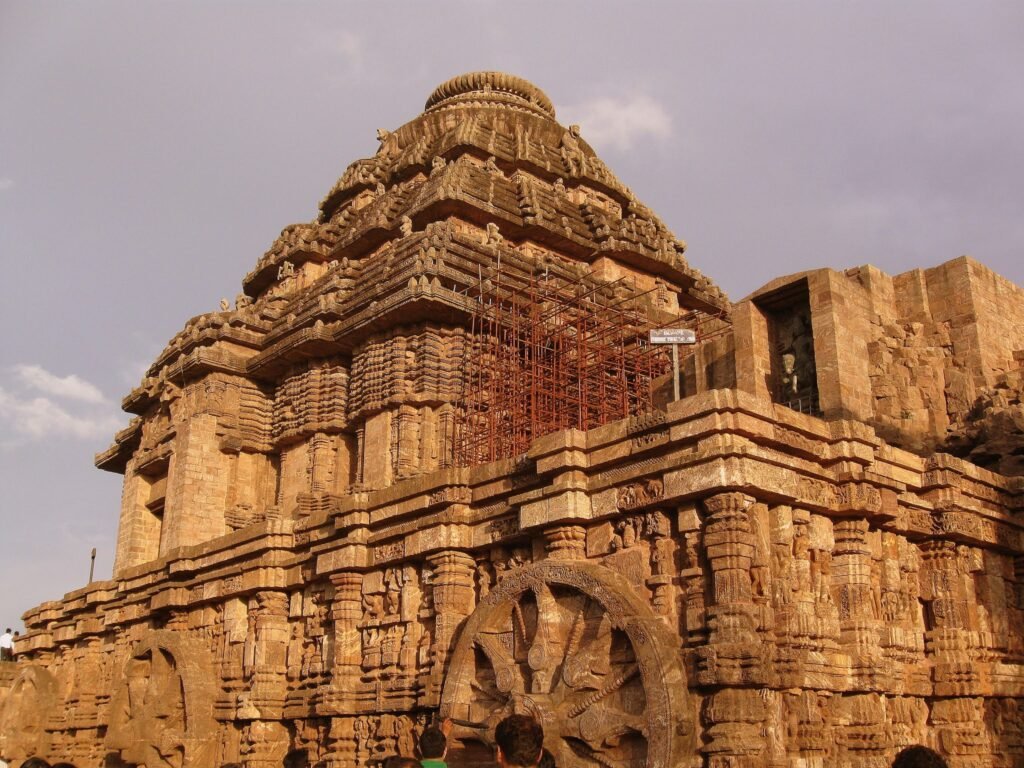
The temple also has a fascinating past; tradition has it that Lord Samba, the son of Lord Krishna, built it as a penance for a curse he had endured. The annual Konark Dance Festival, which takes place in December and draws performers from around the nation, is another notable event associated with the temple. Anyone interested in history, culture, or architecture must visit the temple, which is a UNESCO World Heritage Site.
Udayagiri and Khandagiri Caves, Bhubaneshwar
An old example of rock-cut architecture can be found in Bhubaneshwar, India, at the Udayagiri and Khandagiri Caves. Because the Kharavela, the ruler of Kalinga, constructed these caverns in the second century BCE, they have great historical and cultural significance. Both the Udayagiri and Khandagiri cave systems, which contain a combined total of 18 and 15 caves, were once inhabited by Jain monks.

The Rani Gumpha cave is the most well-known of the Udayagiri caves, renowned for its exquisite carvings and inscriptions. Beautiful sculptures of people, animals, and flowers are on the walls and pillars of this cave.
Two of India’s most fascinating cities are Kolkata and Bhubaneshwar, which provide tourists with a view of the nation’s rich history and cultural legacy. These two cities have many to see and do, from breathtaking architecture to must-see attractions. Kolkata and Bhubaneshwar are the ideal locations for your next journey, whether you’re a history buff, a wildlife enthusiast, or just looking to discover something new. Plan your next journey with us.


